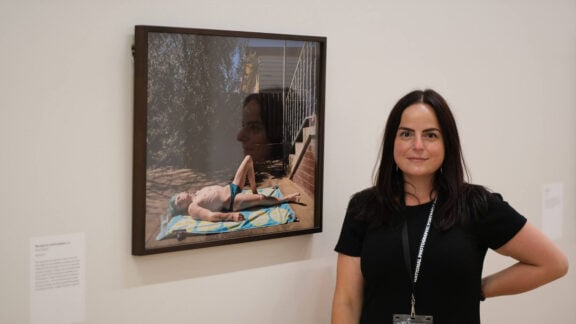Emperor Alexios lay weak and frail on his deathbed in the monastery of Mangana, at the easternmost edge of the Sirkeci peninsula on the Bosphorus Strait, on 15 August, 1118.
As Alexios lay dying, there was speculation in the Byzantine kingdom regarding who would succeed him as head of the empire. His wife, Empress Irene, favoured giving power to her precious porphyrogene daughter Anna Komnena, who would rule through her husband Caesar Nikephoros Bryennios.
The bright and beautiful Anna was the only one of the Komnenos children whose conditions at birth allowed her to be born in the Purple Porphyry Chamber, the free-standing pavilion that was reserved only for the privileged porphyrogene leaders of the land. The room, overlooking the Sea of Marmara, was in the form of a perfect square from floor to ceiling, with the latter ending in a pyramid.
Anna herself described it as the place where “the stone oxen and the lions stand”.
Bathed in the purple light of her birth, the porphyrogene Anna braced herself for leadership. Her claims to the throne seemed uncontested until insolent John, consorting with relatives he could trust, sent his brother to steal into the monastery in order to carefully remove Alexios’ imperial signet ring.
The ring was taken to the Great Palace where John the Beautiful (though he was not) held up his trophy, allowing it to glisten brightly in the morning sun.
“Here is proof of my father’s wishes that I should succeed him!” he said, quashing all resistance.
Blinded by the power of the deep purple and gold royal ring, the mob bowed to the dying king’s alleged wishes. “He who wears the ring, rules the Empire!” they cried.
Empress Irene was taken by surprise, allowing her son’s brute accession despite her deep-rooted preferences for her son-in-law.
The purple princess porphyrogene saw the kingship, the role she had prepared for her entire life, slip through her fingers.
READ MORE: Mysteries of Medieval Mystras, Byzantium’s Indian summer and the birthplace of Modern Greece
For Emperor John, that would have been the happy ending. However royal rings always have the tendency to crumble under the weight of scandal and intrigue.
A year following Emperor John’s accession, a conspiracy to overthrow him was uncovered. It implicated his own mother and sister, Anna, who could not accept defeat.
Despite her purple title, she was stripped of her property as punishment for her attempted coup. Her mother, Irene, was committed to monastic life where she was joined by Anna after the death of her husband Nikephoros, who – loyal to Emperor John – joined him on a quest to Syria where he fell ill.
The poet Constantine P. Cavafy was so moved by her plight that he wrote of her “one deep longing” that remained unfulfilled.
Seeing the ambition of his sister, driven by the purple madness of her birth, John safeguarded his position by crowning his own young son, Alexios co-emperor in 1122.
“Here, take this imperial ring,” he told his son. “Let it protect you! He who wears this ring, holds the Empire so don’t ever let it slip.”
The ring doesn’t always keep its promises, however. Alexios died still in his prime, twenty years later, a year before his own father’s death, in a hunting accident. His illness was described in writings at the time as being “of the severest kind and of short duration”, it “took the form of a rushing fever attacking the head as though it were an acropolis”. His younger brother Andronikos, charged with escorting the body back to Constantinople, fell ill with fever while doing so, and he too died.
Emperor John, a father left alone, gazed at his ring, and wondered how differently life would have been for his sons had he let the ring be.
READ MORE: How to talk to your kids about Byzantium
And the glistening brightness of the ring in the morning sun stabbed through his heart as though it were a sword. Perhaps that is why it is called Imperial Spatharios (Sword-Bearer).
Despite the power they once held, Alexios, John, his children, Anna and Irene are rarely remembered, the mosaic of their faces are kept covered at Hagia Sophia, banished by Muslim prayers.
The ring of power has slipped from their fingers, and their progeny are scattered around the globe.
The ring, however, lives on at the Byzantine Gallery at The Met in New York, surrounded by stunning cloisonne enamels, medieval icons and ceramics.
Istanbul-born Greeks who survey their shattered legacy may feel a twitch on their empty fingers as they gaze upon the ring’s splendour, imagining stories of the people it once belonged to.
What a waste of a ring to sit in a gallery in want of a ruling finger.









